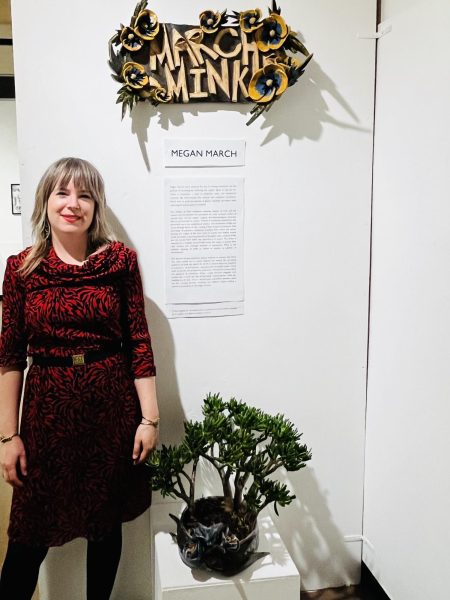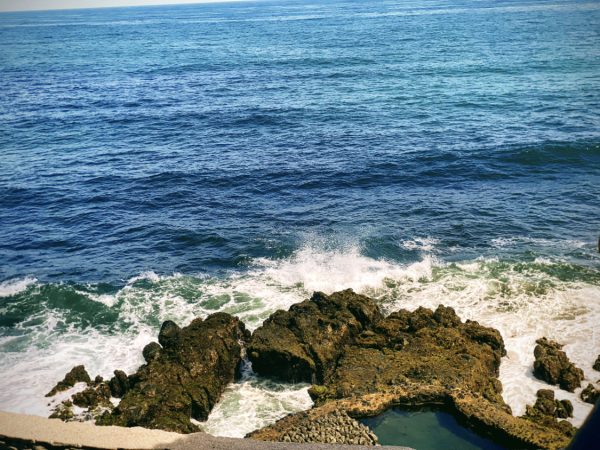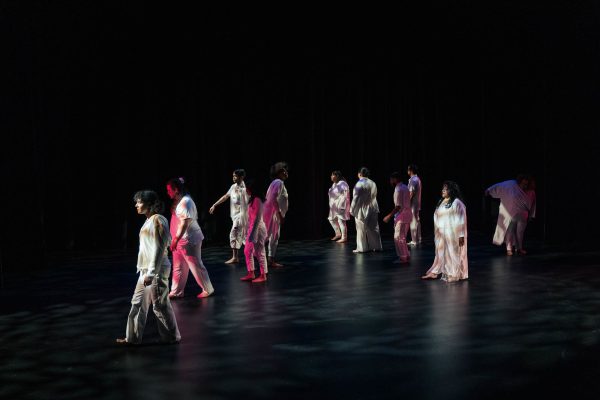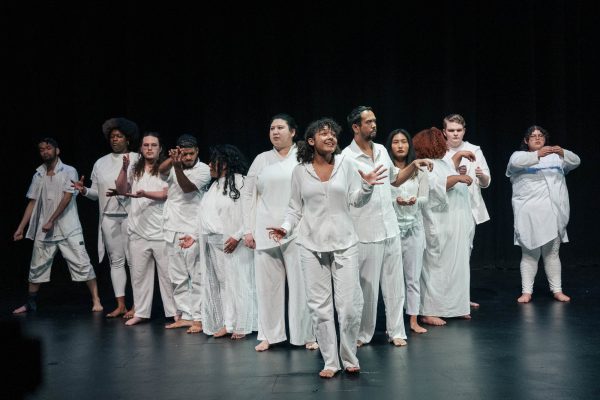Chefs learn Italian cooking techniques
Study abroad trip offers opportunity to explore Italy
September 5, 2014
Over the summer, 10 culinary arts students traveled to Italy for the department’s study abroad trip from June 5-18.
“Students learned the difference between our cultures, and the technique of making authentic Italian food, not pseudo-Italian,” culinary arts department Chairperson Nader Sharkes said.
Each student was awarded a $5,500 scholarship, which covered the costs of flights, tuition and other accommodations. The funding for the trip was provided by donations from the annual culinary arts department’s Food and Wine Event held at Contra Costa College.
Cities the group traveled to included Rome, Parma, Ferrara, Asti, Modena and Nettuno. Students attended classes at various schools such as Academia Barilla.
During the trip they discovered the Italian way of life and cooking.
Culinary arts student Brandon Canindin said the key to traditional Italian dishes is in their simplicity and fresh ingredients.
“In Italy, the ingredients are always fresh,” said culinary arts student Margaret Fowler. “GMOs (genetically modified organisms) are prohibited in Italy.”
In terms of technique, the Italian approach is simple — less is more.
The less ingredients, the better it tastes, culinary arts student Theresa Castro said.
Fowler said that the food supply is generally dependent on location.
“They eat very regionally,” Fowler said. “If they are near the ocean, they cook and eat seafood.”
In their classes, students learned to make distinct dishes such as ravioli and salad, but the main focus would often be pasta.
“Italians eat pasta every meal,” Sharkes said. “We got tired of eating pasta. The students weren’t accustomed to eating the same variety of foods everyday like the Italians were accustomed to. So for every city we visited, I researched Chinese restaurants that we would go to.”
Students were selected based on their 500-700 word essays, interviews, GPAs, work experience, letters of reference and participation in the Food and Wine Event.
They visited wineries, farms, and factories, learning about the production of certain foods, such as Parmesan cheese, prosciutto, wine and balsamic vinegar.
Aside from cooking, students were welcomed by the friendly people of Italy and their way of life.
“People are really nice in Italy,” Fowler said.
Castro said, “My favorite part of the trip was being able to go where the chefs worked. One lady was (very) kind and treated her workers as family.
“On a day-to-day basis, Italians take their time to enjoy life. Everything (is closed) from noon to 3 or 4 p.m. At night, we would spend our time exploring the cities and towns, each with a different feeling,” Castro said.
For Sharkes, the highlight of the trip was the students’ expressions.
“There are students in the program that have never left the country or state,” Sharkes said.
“The looks on their faces when they were in Italy were priceless.”
Studying abroad also helped students with decisions on their future.
“It helped me realize that I have the potential to become somebody in (the business world),” Canindin said. “(The trip taught me) to always pursue my dream, which is to become a chef one day.
“I learned that putting more effort and time into things is worth all the hard work.”











